John Anderson: Time Tamperer
It’s the first weekend of November: time to set the clock back an hour and put an end to daylight savings time for another year.
Newfoundland began observing daylight savings time just over a century ago. The dominion was ahead of many North American jurisdictions in enacting the scheme, but not nearly the world leader it might have been had people only listened to local businessman, politician and time-tamperer John Anderson.
John Anderson
John Anderson, MUN DAI, Creative Commons
John Anderson was born in Scotland and came to Newfoundland in 1875. He started off working for James Baird Ltd. in St. John’s but eventually opened his own firm and made a name for himself.
In 1900 he began a political career. He served terms in the House of Assembly and on the St. John’s council. In 1904 he was made member of the Legislative Council and it was there he took an interest in time.
In 1907, on a business trip to London, Anderson met with William Willett. Willett was a builder by trade but he was promoting the idea of British Summer Time (or daylight savings time).
Anderson listened to his arguments and was intrigued.
Back in Newfoundland, Anderson set about exploring the plan and, by 1909, he was convinced; convinced that Newfoundland should enact it. He introduce legislation to make it happen — ahead of its adoption in England.
Anderson made an appeal to legislative council touting the benefits of daylight savings.
“What is time? Time is only what we make it, and we should certainly make it to suit ourselves.”
Chiefly, he saw it helping the working people. It would give them additional sunlight in the evening hours. He envisioned them picnicking, gardening or carrying out household chores. He also thought it would have health benefits, particularly in the fight against tuberculosis. “To prevent Consumption”, he argued, “there is nothing better than fresh air—the Daylight Saving Bill would help very materially to assist in this work.“
Anderson even pulled at the string of national pride.
“In the ‘more daylight’ movement Newfoundland should lead,” Anderson urged. “We prided ourselves that we were the Oldest Colony in the British Empire. Then why should we wait for any other country to lead the way? We ought to be the first to adopt the daylight scheme by Act of Parliament. By doing so we would provide the greatest and best advertisement this Colony had ever had. We would be leading the way for others to follow.”
Anderson won support among many legislators and a Select Committee was named to investigate the implications of the Daylight Bill and to report back to the legislative council in 1910.
Freak Legislation, 1910
In 1910, following the committee’s work, An Act respecting Certain Changes in the Hours of the Day and Night, was read in the House of Assembly.
It sparked debate.
The church was particularly unhappy.
“I understand that His Grace the Archbishop has pronounced very strongly against the measure, as it will interfere materially with his church arrangements and services,” said House member F.J. Morris. “He has intimated that to me verbally and to-day I have had a communication from a number of Methodist clergymen, which embodies the following resolution : 'Resolved, that in the opinion of this meeting the benefits aimed at by the Daylight Bill can be secured by other means not necessitating any alteration of the time.”
There were also concerns about how moving the hands of the clock might effect labour — particularly the drying of fish.
Others just had no time for the idea of messing with time.
It’s Like Compulsory Marriage
The Hon. Mr. Howley rose to speak, “I was reading the other day of a bill introduced in the State of New Jersey to compel every male over 30 and every female over 20 to be maried, the selection being made by lots. I think there is a certain resemblance between that bill and the one now before us; a certain useless sensationalism. I do not see how this bill is going to be of any service to the people of this Colony, and I do not think this Legislature should be made an instrument for all sorts of freak legislation.”
Shortly thereafter the bill died.
Daylight savings sat on the political shelf for seven more years and Newfoundland lost its chance to pioneer the plan.
Another Attempt, 1917
By June 1917 the world was a different place.
The First World War was raging and chunks of Europe had seen the benefit of daylight savings time. In hopes of conserving fuel, Germany and the United Kingdom had decided to enact the scheme in 1916.
With the plan in place overseas, the idea seemed less like ‘freak legislation’ to the Newfoundland legislature and more like a serious point of discussion.
And there was much more support for the idea, both inside the House and in the streets.
In a letter to the Daily News, even God was invoked as a reason to adopt daylight savings. “The Daylight Bill would make us get up an hour earlier than we used to do in the summer. We thus get nearer to God’s own timepiece, the sun.”
Sir W. Coaker, Who's Who in and from Newfoundland 1930, 2nd ed. ( R. Hibbs, 1930), Wikimedia, public domain.
The ‘God’s own timepiece argument’ didn’t win over everyone. One notable hold-out was politician and famed union-organizer Sir William Coaker.
Coaker claimed the bill would be pointless in outport Newfoundland, where life was governed not by the clock but by the rising and setting of the sun. Instead of Anderson’s daylight savings scheme, he argued, businesses in St. John’s should change their hours of operation.
As the debate continued, Coaker seemed to realize the bill would pass, so he changed his tactic. He argued that the bill ought to be modified so that it applied only to St. John’s, not rural Newfoundland.
“The people of this country at the present time are not in a state of mind to put up with conduct such as this from the people in St. John’s”
“Do you know,” Coaker argued, “that the people of this country at the present time are not in a state of mind to put up with conduct such as this from the people in St. John's. They have mere serious questions confronting them…but you are prepared to come here and give all this time to a petty scheme of this nature. This is what the people kick against. If this is what the House is going to waste its time at, I wish I was not a member of it. I would rather be saved the humiliation of having such a thing said of me.”
-
Even among those inclined to support the bill there was a concern. The government hoped to enact it quickly — within days of the debate. Some members thought it unfair to spring such a change on the people without notice.
The Colonial Secretary tried to comfort the House, “We have facilities today by which within very few hours we can tap the whole of the Island by telegraph, railway or steamer. I would undertake to say that within the time prescribed notice of its coming into operation can be sent throughout the length and breadth of the Island— at least to nine-tenths of the people —before next Sunday night.”
When it comes to communicating with the public, times have indeed changed. Hours are now seconds, and we no longer have the option of relying on the railway.
Public notice, St. John’s Daily Star, MUN DAI
Despite Coaker’s concerns the bill passed.
On Sunday, June 10th, 1917 at 9pm the clocks were advanced to 10pm. Daylight savings time was observed for the first time in Newfoundland.
It is said that Newfoundland’s adoption of DST made it the first country (but definitely not the first place) on the continent to do so.
Public response was generally favourable and, in some cases, glowing.
“The new daylight system was appreciated by citizens generally and hundreds were loud in their praise of it last evening,” wrote the St. John’s Daily Star on June 12th.
A year later, in an article about cricket, Anderson and daylight savings time were again praised, “This measure is now admitted to be one of the greatest blessings that have been conferred upon the people of St. John’s”
Clocks, Gander International Airport
Anderson took his success at home and shared it across North America. A clipping from the Evening Advocate reports “The Hon. John Anderson while in America last year was unceasingly busy in promulgating through the press of that country, the daylight saving doctrine… the New York Times has taken up the reform at his suggestion.”
Back in Newfoundland, Anderson’s name became synonymous with daylight savings — people began of shifting to ‘Anderson’s Time’.
While the association with Anderson’s name has faded, Newfoundland and Labrador has been observing daylight savings in more-or-less the same way since 1917.
There was one notable exception.
Too Much of a Good Thing?
In 1988 the Newfoundland and Labrador provincial government instituted ‘double daylight savings time.’ Instead of shifting the clock ahead by one hour in the spring, it was moved by two. It made for a year of long summer evenings and late autumn sunrises.
It wasn’t an incredibly novel idea, John Anderson’s initial 1909 proposal involved shifting Newfoundland’s clocks by 2-hours. During the Second World War changes in British Summer Time resulted in a 2-hour shift.
As with Anderson’s original pitch, the government promised energy savings and more usable sunlight hours. It wasn’t enough though, DDST was instituted as an experiment and was never again repeated. Were it not for the song Double Daylight Savings Time by local country-folk duo Simani, the whole affair might be forgotten.
The Future of Anderson’s Time
These days, Anderson’s hundred-plus year-old arguments seem to be less convincing. There are annual calls to re-evaluate the need for daylight savings (or the need to ever shift out of it).
There are pros and cons, of course… and I’m sure the latitude of the observer plays a role in the perceived benefit — the total hours of sunlight matter.
Personally, if I were to lose daylight savings, I’d certainly miss the late summer evenings. On the other hand, where I live, if we were to keep DST year-round, sunrise would be almost 9am on some December mornings. I think I’d find that tough.
I guess, when it comes down to it, I think John Anderson was on to something —
It’s still Anderson’s Time for me.
-
John Anderson, Dictionary of Canadian Biography
Proceedings of the House of Assembly and Legislative Council, 1909
Proceedings of the House of Assembly and Legislative Council, 1910
Proceedings of the House of Assembly and Legislative Council, 1917
Legislative Council, Daily News. June 6, 1917
Religious Side of the Daylight Bill, Daily News, June 8, 1917
Taffy for Mr. Anderson, Daily News, June 8, 1917.
The Shamrocks of the Nineties, The Cadet, Vol. 5
What Fools We Are…, John Anderson, The Cadet, Vol 5, 1918.
The Origins of Daylight Savings Time in Newfoundland, NQ, V.73, 1977
Hugh Abercrombie Anderson, NQ, V.25, 2012
The Daylight Saving Bill in America, Evening Advocate, Jan 25, 1918
Daylight Until Almost Midnight, Orlando Sentinal, 1988
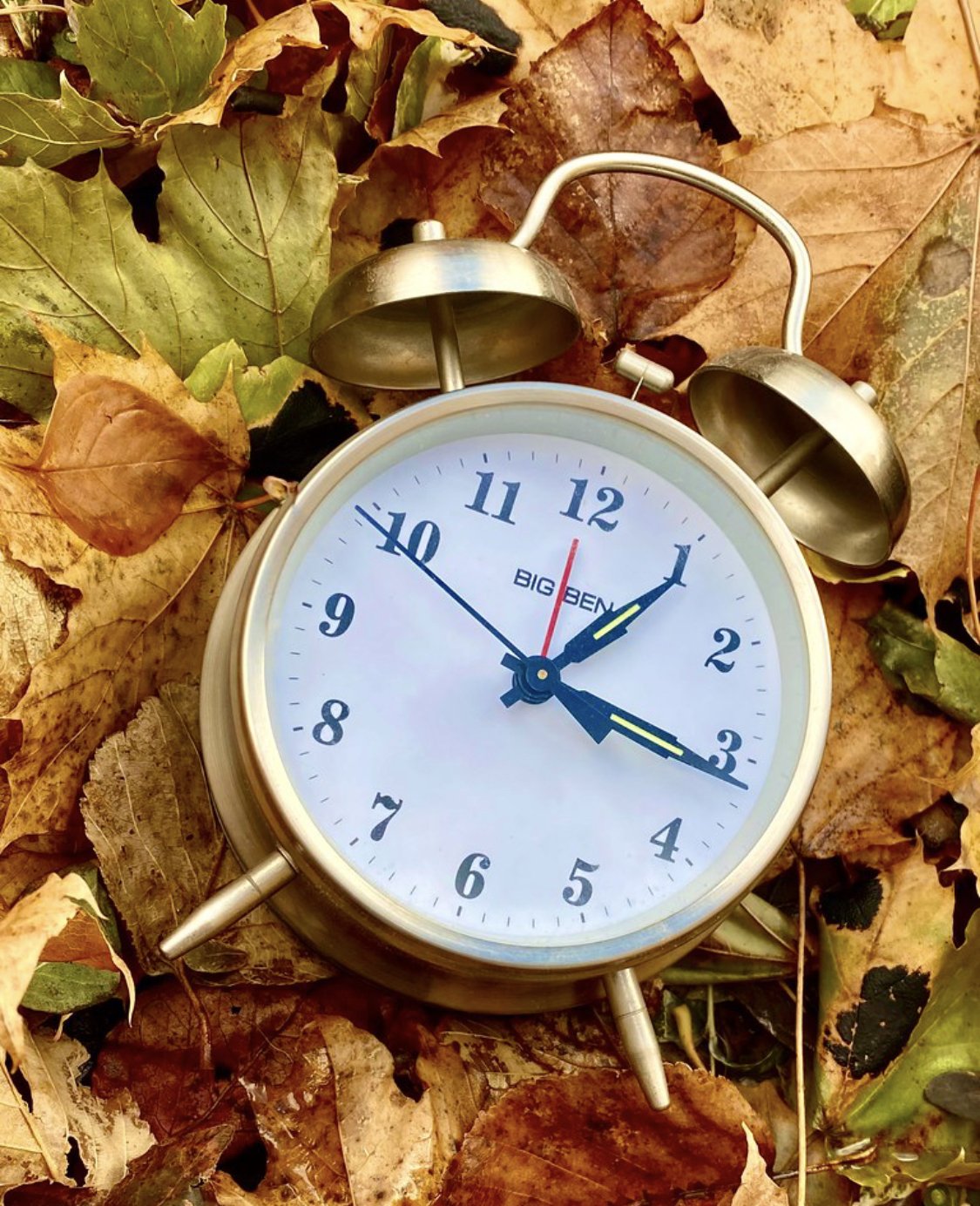

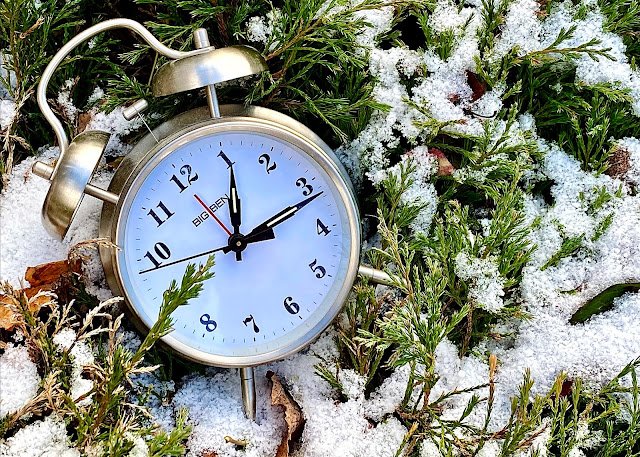
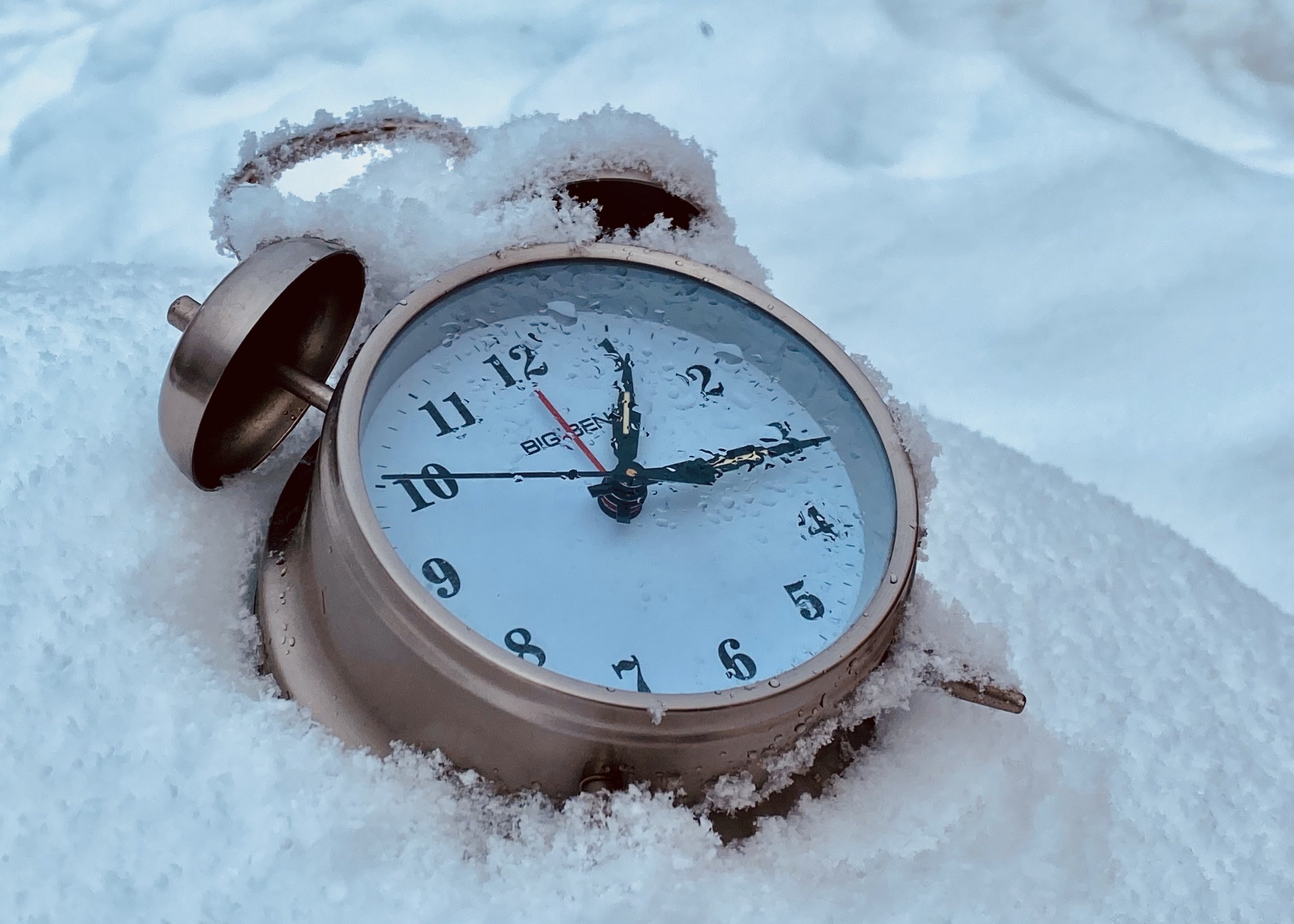
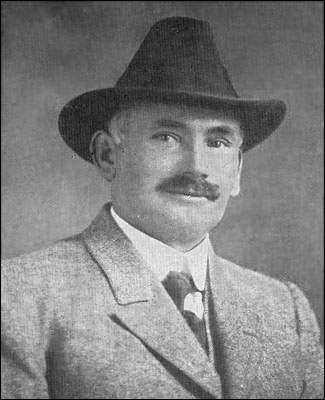

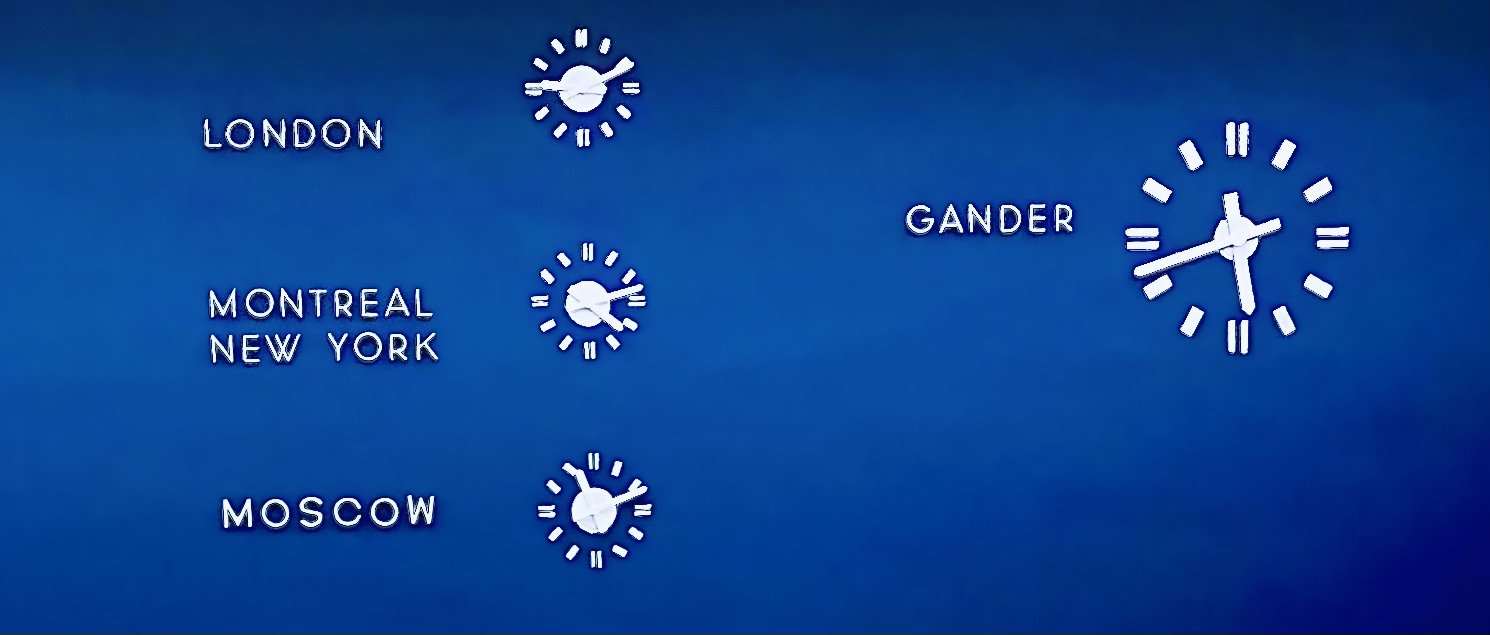


Eleven facts about Terra Nova National Park.